Asia Times reporter Sung Xi has together with Dr Faisal Ahmed, associate professor and chair of international business at the FORE School of Management, New Delhi, India, wroten an interesting article about the US-China trade war. Here below it is.
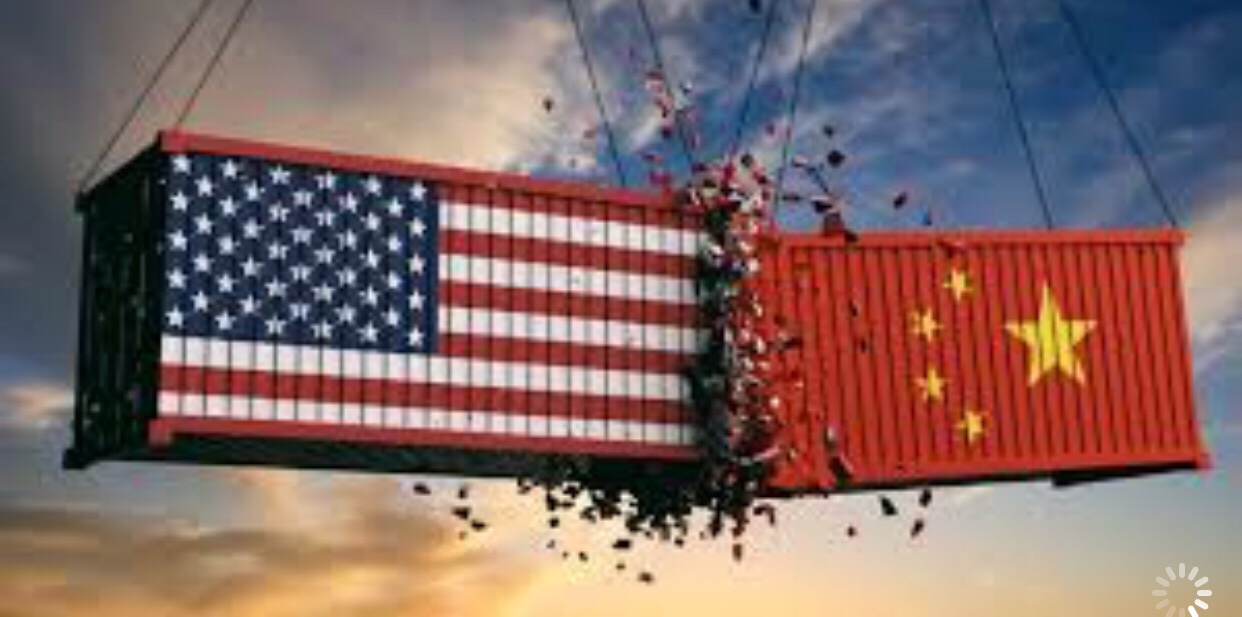
“China says the United States has waged a trade war, while America’s intelligence agency is now terming it as a China-led cold war. Nevertheless, the trade brouhaha continues. Trumponomics ceases to be rhetoric anymore, and Xinomics is candidly reciprocal. In fact, neither countries were striving for autarky, nor is the situation as grim as it was in the 1930s. Yet the present scenario is destined to reach alarming proportions, as its spillover effect has begun to deter the global value chains (GVCs) that perennially define the geo-economic architecture of international business today.
It is true that the United States is experiencing a huge imbalance in merchandise trade with China. In 2017, the United States had a negative global trade balance of US$862 billion, whereas China enjoyed a positive global balance of trade accounting for more than US$430 billion. Moreover, the bilateral merchandise trade balance between the United States and China favors the Asian powerhouse by more than US$395 billion. That is unsustainable for the United States and unacceptable to President Donald Trump.
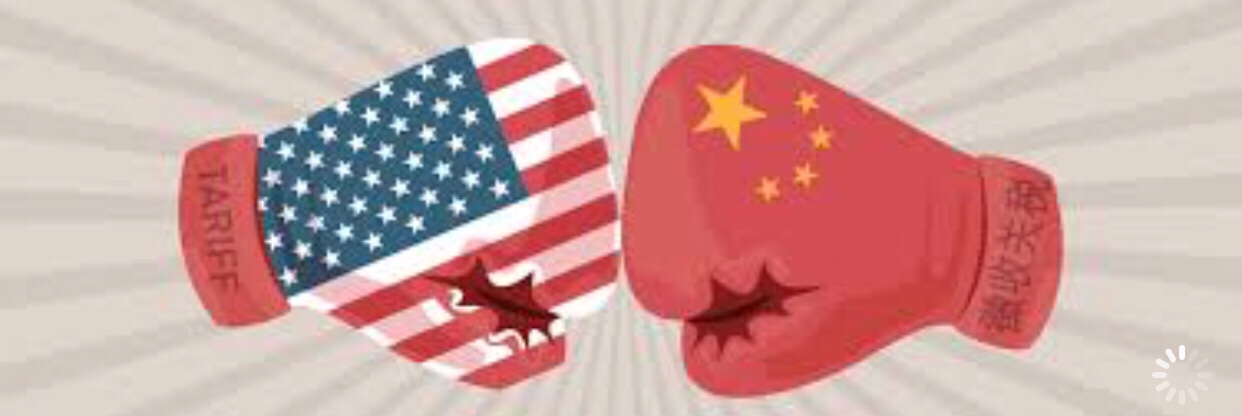
From China’s perspective, the trade imbalance with the United States is a structural and long-term problem and should be viewed rationally. It ought to be gradually solved through bilateral negotiations, rather than resorting to a trade war. This May, the two sides met and negotiated in both Beijing and Washington, and they agreed to resolve the relevant trade and economic issues through dialogue and consultation.
However, in June, the Trump administration eventually fired its shot with the first round of 25% tariffs on 818 Chinese products, including aircraft and other industrial goods worth US$34 billion. China calls it “the largest trade war in economic history.” China, however, immediately retaliated with tariffs of equal measure.
From China’s perspective, the trade imbalance with the United States is a structural and long-term problem and should be viewed rationally.
In July, the US announced the new 10% tariffs on US$200 billion of Chinese imports, including electronic goods, fisheries and cosmetics, among others. Recently, Trump said that he really likes President Xi Jinping a lot. But in his own country’s national interest, he threatened to impose a tariff on all Chinese imports worth over US$500 billion – the magic number that would make it a full-blown trade war.

There is no doubt that China is the “world’s factory” today, and is a key trading partner for more than a hundred countries spanning across geographies.
Today, more than 60% of the world’s trade happens in intermediate goods, with China being a major trader inter-linking the GVCs of large multinationals and other lead firms. China has enjoyed a 10% growth rate over the past three decades, and this was possible largely owing to the increasing GVC participation of its small and medium enterprises (SME). In fact, most export-led economies are dependent on import contents for their exports, such as the importation of raw materials, parts, components, etc.
The spillover effect created by the growing intensity of the ongoing US-China trade war will definitely have repercussions on the multilateral trading system. It can affect the export-led economies in several ways. This includes increased costs of the import contents of their export; increased tariffs on their exports, thus making their products costlier in an importing country; costs associated with supply-chain disruptions; spillover effect on partner countries and sectors; and impact on investment inflows.
Besides China and the US, some of the key export-led economies in East and Southeast Asia that have started feeling the heat include Hong Kong, Taiwan, South Korea, Japan, and Singapore – all of which are participants in the electronic goods GVCs through their value-added trade in components and semiconductors.
The spillover is gradually becoming so intense that manufacturers are now shifting their production lines outside China. Though this phenomenon was ongoing even before the trade war, the number is now growing up sharply.
Manufacturers in Hong Kong, especially those in the sectors of components and metallurgy, have already started relocating. One of the cost-effective destination now hosting such industries is Malaysia – a country that aspires to become a high-income economy by 2020.
Also, Taiwan is watching the situation very closely and fears a possible difficulty in inventory management for its manufacturing sectors. With its industrial production unexpectedly going down and its currency weakening, Taiwan is also revising its GDP growth forecast for 2018 from 2.6% to 2.4%.
Even South Korea’s exports of cars and electronic goods have fallen recently and the country’s growth rate is now forecasted to be lower than the earlier estimate of 3%. The growing unemployment in recent months can also be attributed to the rising intensity of the trade war.
In fact, SMEs in South Korea have internationalized themselves through China-centric and American orientations. Trump’s magic figure will likely deter the internationalization and value-chain upgrading process of these SMEs. Not only the SMEs, but the chaebols are also likely to be affected. Even the electrical machinery and equipment value chain across East Asian countries is robust and likely to be affected. For instance, more than half of South Korea’s US$163 billion global exports of electrical machinery and parts go to China.
Other countries, including Japan, Australia, Malaysia, Indonesia, Thailand and the Philippines, would be affected too, as they are either engaged in manufacturing automotive parts and components or are engaged in value-added activities pertinent to the basic metals and rare earth elements for this sector.
On the other side, to counter China, the US has agreed to work with the EU toward the “zero tariffs, zero non-tariff barriers and zero subsidies” deal. This is intended to largely secure the economic interests of the US – which are potentially at stake because of the trade war.
Interestingly, in this context, the role of mega-trade blocs like the Regional Comprehensive Economic Partnership (RCEP) cannot be undermined either. In the recently concluded 23rd round of negotiations of the RCEP, consultations on two key issues – trade facilitation and government procurement – have been completed. The RCEP free trade negotiations – once positioned against the US-led Trans-Pacific Partnership (TPP) – involve 16 countries (China, Japan, South Korea, India, Australia, New Zealand and the 10 ASEAN member states).
With such a free trade agreement in this region, which China is rigorously pushing for, the trade war may even take a back seat. This is because most of the production lines being relocated now owing to the fear of a trade war are going to those countries that will again come under the ambit of this trade agreement – thereby minimizing trade costs for the participating economies.
The repercussions of a full-blown trade war will be too complex to decipher, and too onerous to handle. It may even trigger a recession of a connotation – if not the magnitude – of what the Smoot-Hawley Tariff Act of 1930 did to the economic crisis of 1929-32.
Singapore’s prime minister, Lee Hsien Loong, has explained the global anxiety today in a very simple and lucid manner saying: “Nobody wants a trade war.” Thus, whether Xinomics survives or Trumponomics prevails, the export-led economies and global consumers are indeed getting ready to suffer”.
Source: Asia Times
World Trade Organization (WTO) has relesed its annual reports for 2018.
These are publications are important reading for eventone interested in Customs, trade and borders.
World Trade Statiscal Review 2018 looks into the latest trends in global trade, with an in-depth analysis of what is being traded in goods and services and who the leading players are. It also looks at the performance of developing economies, the latest developments in regional trade agreements, trade in value-added terms and digital trade.
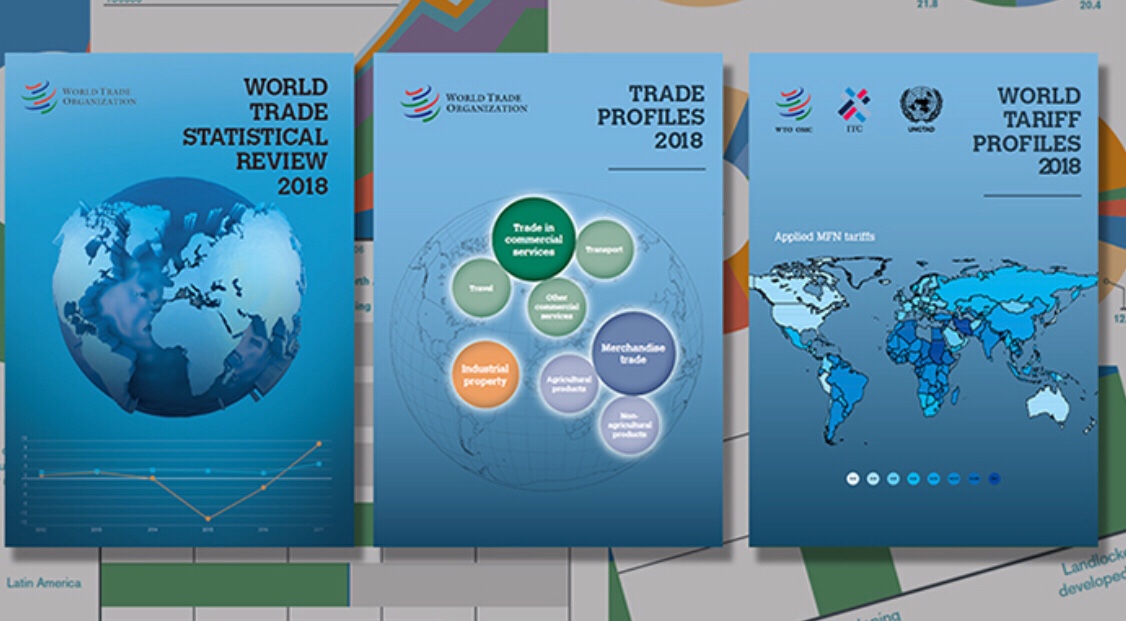
A section on trade policy developments provides data on trade-restrictive and trade-facilitating measures implemented by WTO members, commitments to the Aid for Trade initiative, and implementation of the WTO’s Trade Facilitation Agreement. It also looks into the latest developments in trade finance and the outcome of the 11th WTO Ministerial Conference held at the end of 2017.
Analytical chapters are complemented by over 60 tables providing a detailed breakdown of merchandise trade and trade in commercial services.
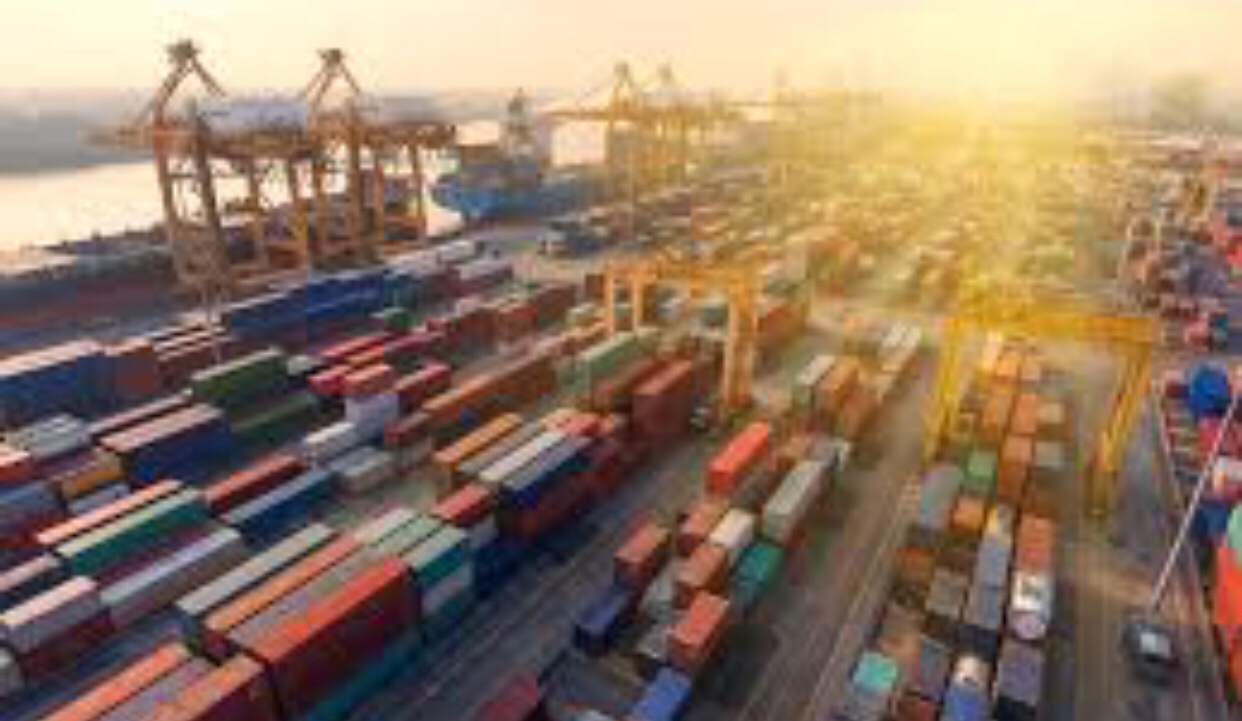
Merchandise trade data in World Trade Statistical Review are jointly produced in collaboration with the United Nations Conference on Trade and Development (UNCTAD) while commercial services data are jointly produced with UNCTAD and the International Trade Centre (ITC).
Trade Profiles 2018 provides a series of key indicators on merchandise trade and trade in commercial services for 197 economies, highlighting the breakdown of exports and imports for each economy as well as their main trading partners. For each profile, the data are presented in a handy two-page format, providing a concise overview of global trade.
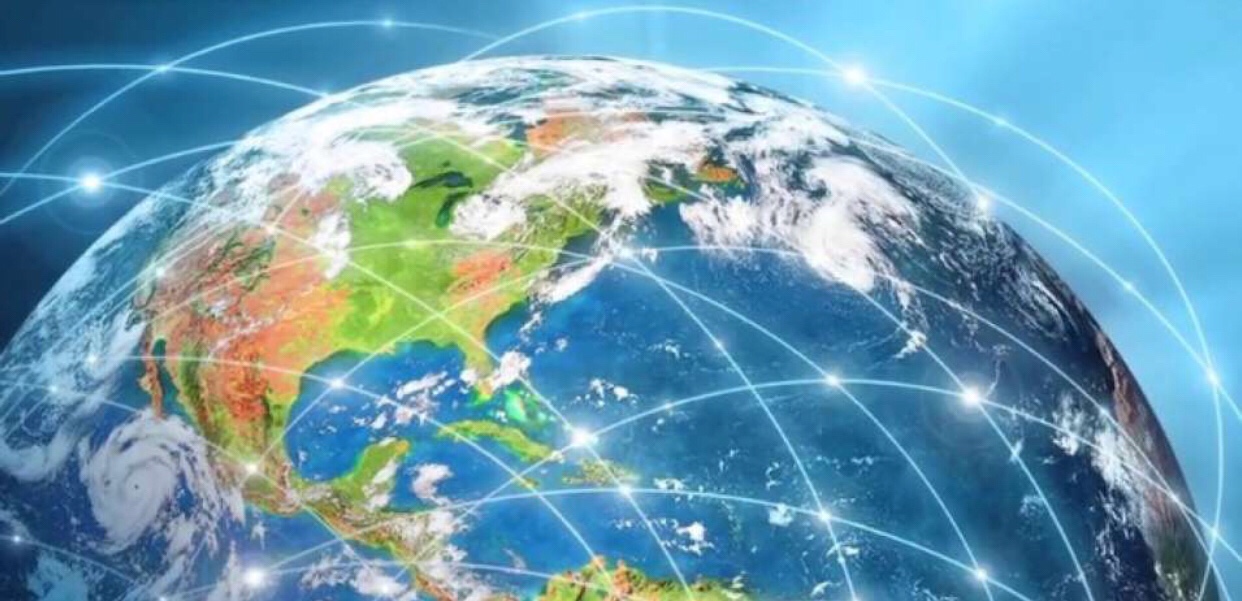
World Tariff Profiles 2018, a joint publication of the WTO, ITC and UNCTAD, provides comprehensive information on the tariffs and non-tariff measures imposed by over 170 countries and customs territories. Tariff data are presented in comparative tables and in one-page profiles for each economy. Statistics on non-tariff measures by country and by product group complement the data on tariffs.
World Tariff Profiles also includes as a special topic an analysis of how least-developed countries make use of preferential tariffs offered by trading partners for their exports.
The three publications can be downloaded from the WTO website. French and Spanish editions will be available for download by the end of August. Printed copies will be available in September.
You find the report here: WTO Publications
Source: WTO
Queuing at a Swiss border post to fill out paperwork and clear excess goods you want to bring into the country can be laborious. The new “QuickZoll” smartphone app aims to simplify the process for holidaymakers and cross-border shoppers, but it has certain limitations.
Since Easter, private individuals crossing into Switzerland can declare any purchases abroad at customs – over the official CHF300 ($302) duty-free limit – by downloading the Federal Customs Administration’s (FCA).
The authorities want to make life easier for residents of Switzerland when making purchases abroad, but also hope to reduce their own costs. Every day, 750,000 people, 350,000 cars and 20,000 lorries cross Swiss borders. Innovations like the QuickZoll app aim to cut costs and improve efficiencies. The administrative burden of customs-related work is estimated at CHF470 million a year. The FCA estimates it should be able to save CHF125 million a year for cross-border goods traffic alone.
The procedure is relatively straightforward. Before crossing the border, you register on the app any goods you wish to import or gifts which were purchased abroad, and then you pay any applicable taxes and duties using your phone. Duty-free allowances, duties to pay and other customs issues are all explained in the app.
The FCA says the app has started well with 20,000 downloads so far.
“People are very happy to finally have a digital solution they can use on the way home, entering their products and paying the taxes in a few clicks before travelling into Switzerland. They don’t have to stop at the border anymore,” FCA spokesman Nicolas Rion told swissinfo.ch.
“If you are travelling from Berlin to Zermatt, for example, you probably don’t want to get off the train at the border in Basel and hop on the next one. This application makes life easier.”

Importing goods remains a hot issue with Swiss consumers, especially the high costs of importing by post and the CHF300 duty-free limit, which some people feel is unreasonably low.
While it is still early days, the QuickZoll app has generated a certain interest among swissinfo.ch readers.
“Great stuff,” wrote Maite Plimmer in reply to a question on swissinfo.ch’s Facebook page. She added that she would definitely use it “especially when crossing the border late at night by car”.
Reto Derungs agreed: “I love the idea of the “QuickZoll” customs app. I lived near the German border for years and often went shopping abroad.”
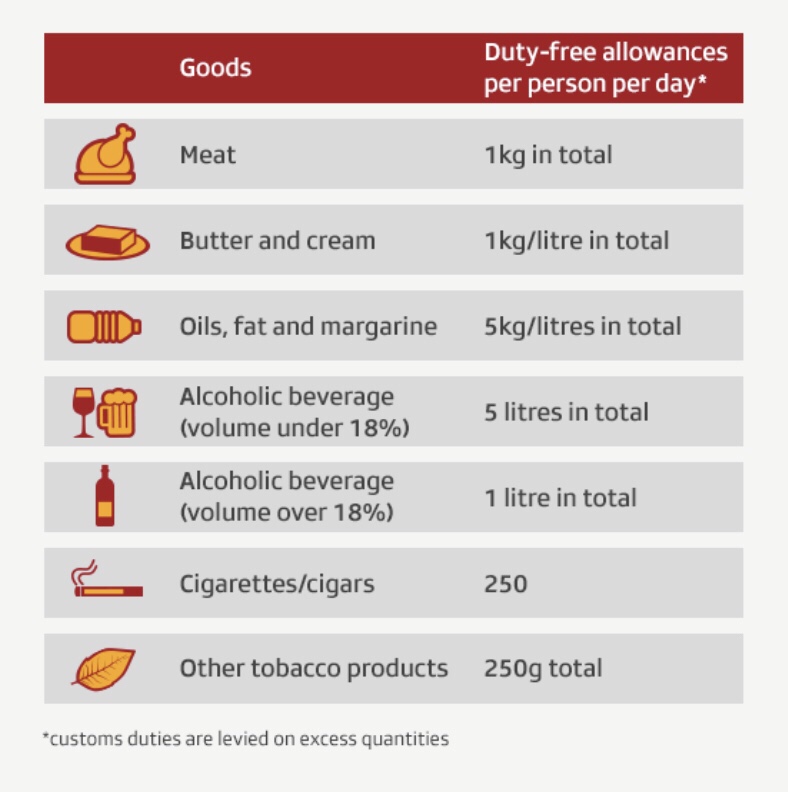
Robin Eymann, an economic specialist working for one of the buslness associations, felt the app had several strong arguments in its favour.
“It’s obviously positive to want to make life easier for consumers. And it’s also interesting to be able to see directly whether a product is subject to restrictions, customs taxes or VAT to be paid,” he declared, while adding that up to now there has been little demand for the app.
Despite its clean user-friendly interface, the app has several small constraints. It calculates the amount of VAT to pay based on a standard rate of 7.7% for all goods, which is higher than the 2.5% rate for food, medicines and books. The FCA argues that only 20% of declared goods typically fall under the lower rate, but this can still have a financial impact.
“On purchases of CHF500 this represents a CHF26 difference,” noted Eymann.
The FCA maintains that the app is not going to replace the traditional method of declaring goods at the border. If you want to ensure you get the lower VAT rate, you simply fill out a form at a border post.
Another restriction is that online clearance and payment must be carried out a maximum 48 hours before crossing the border. During the online process, you must specify a two-hour slot when you plan to cross back into Switzerland. Your smartphone receipt will then be proof of clearance and payment that may be requested by a customs officer.
In addition, the FCA stresses that the Swiss customs clearance procedure and VAT reimbursement steps required in countries where goods were purchased remain separate. If you return to Switzerland from Germany, for example, and wish to claim back VAT paid on items bought in Germany, you must still stop at German side of the border to complete the necessary written forms.
Finally, payments of duties and VAT via the app can only be made using a Visa or Mastercard credit card.
One concern raised by swissinfo.ch readers was possible high roaming charges when using the app abroad. Rion said this should not be a problem.
“You can use the app offline. The only internet connection you need is when you pay the taxes,” he explained. “You can do everything on the plane offline and pay just after landing, for example while waiting for your luggage to come. You just have to make sure that the taxes are paid before you cross the border.”
The FCA insists the app is designed to make consumer’ lives easier despite these bugs. Rion said it gives a foretaste of what is on the horizon with the “Dazit programme” – a CHF400-million project to simplify and digitize FCA services by 2026.
Customs is one of the largest federal departments, with a staff of almost 5,000 and an annual income of CHF21.5 billion in 2015 – roughly one-third of all federal income. Clearances by private individuals bring in CHF30 million.
By going digital, customs checks are also likely to become more targeted in the future.
“Many citizens simply don’t know that declaring at customs is something they should be doing,” said Rion. “Now with the app we are giving new visibility to the existing regulation which many people should but don’t know about. The excuse of not knowing or not doing anything is being reduced.”
But he insists Swiss customs does not have the resources or desire “to control every individual and every good that comes into Switzerland”.

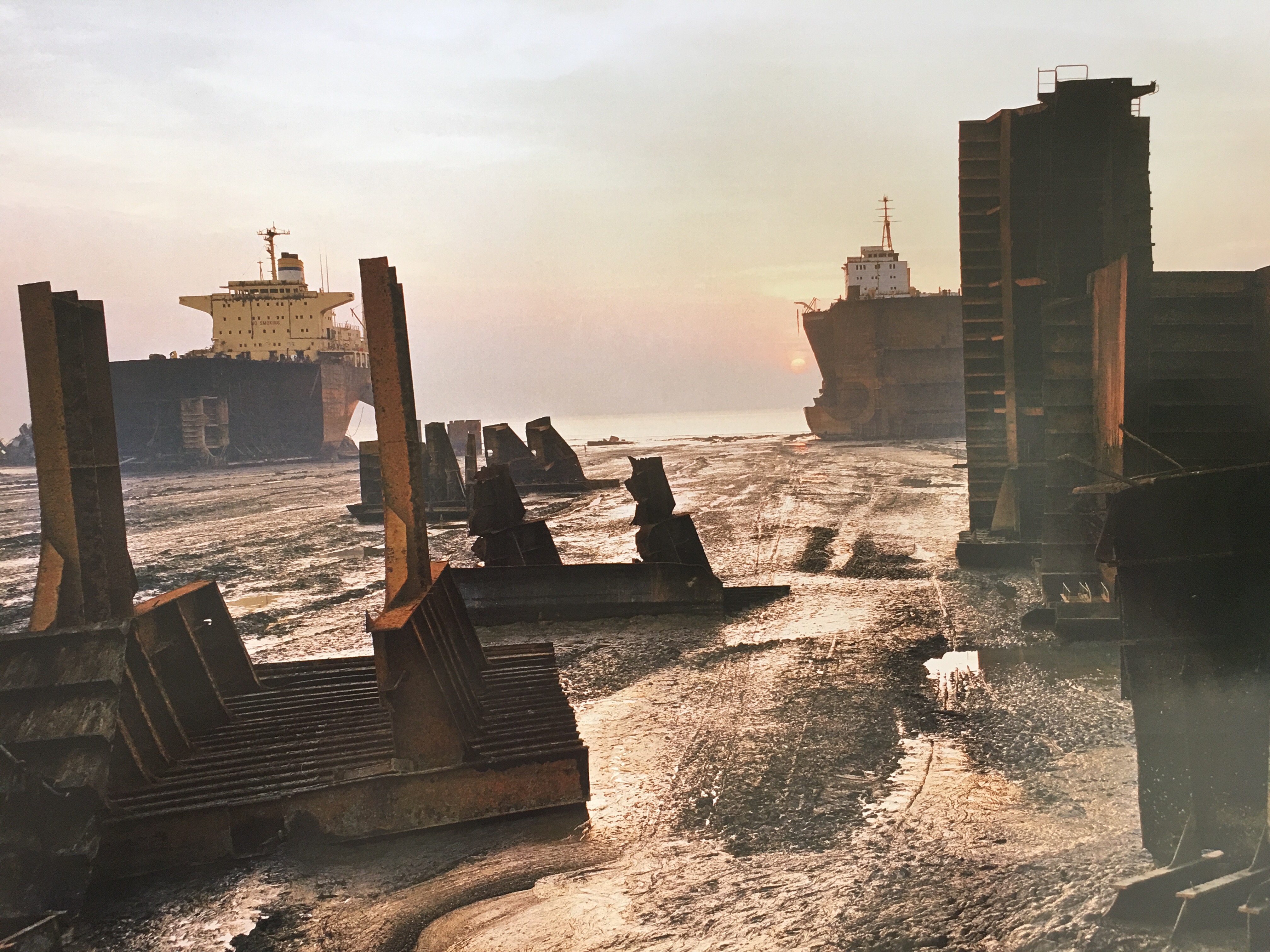
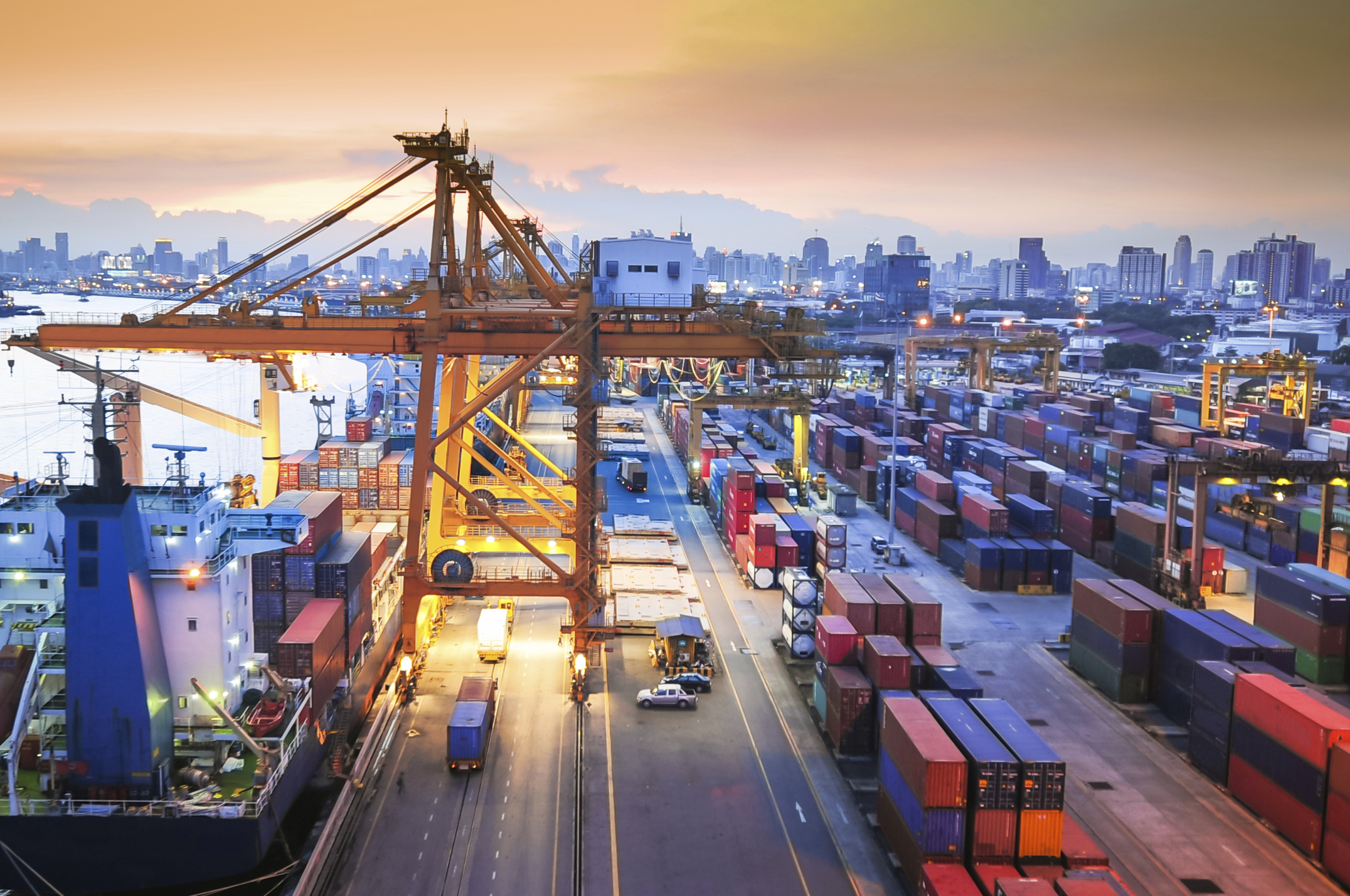

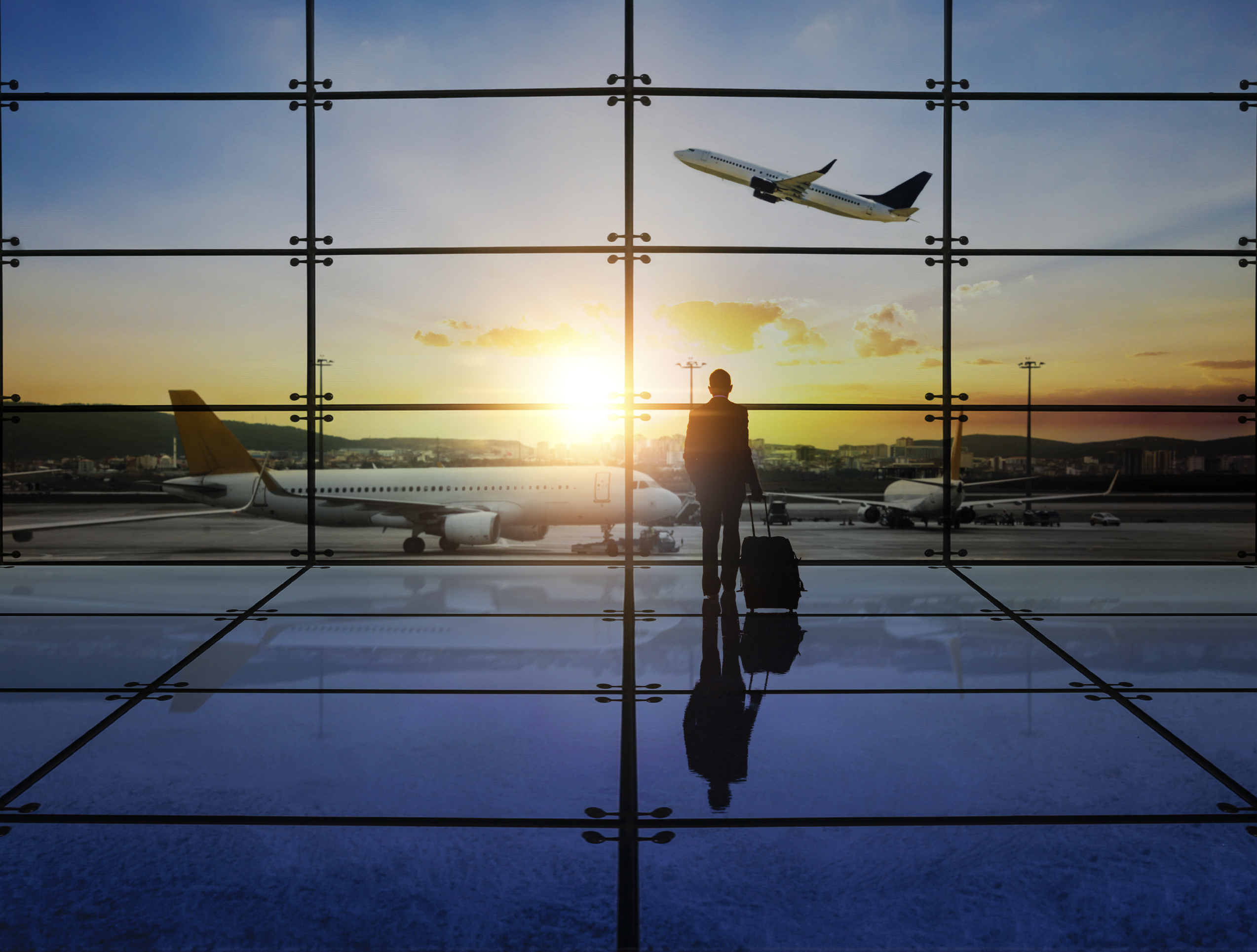

You must be logged in to post a comment.